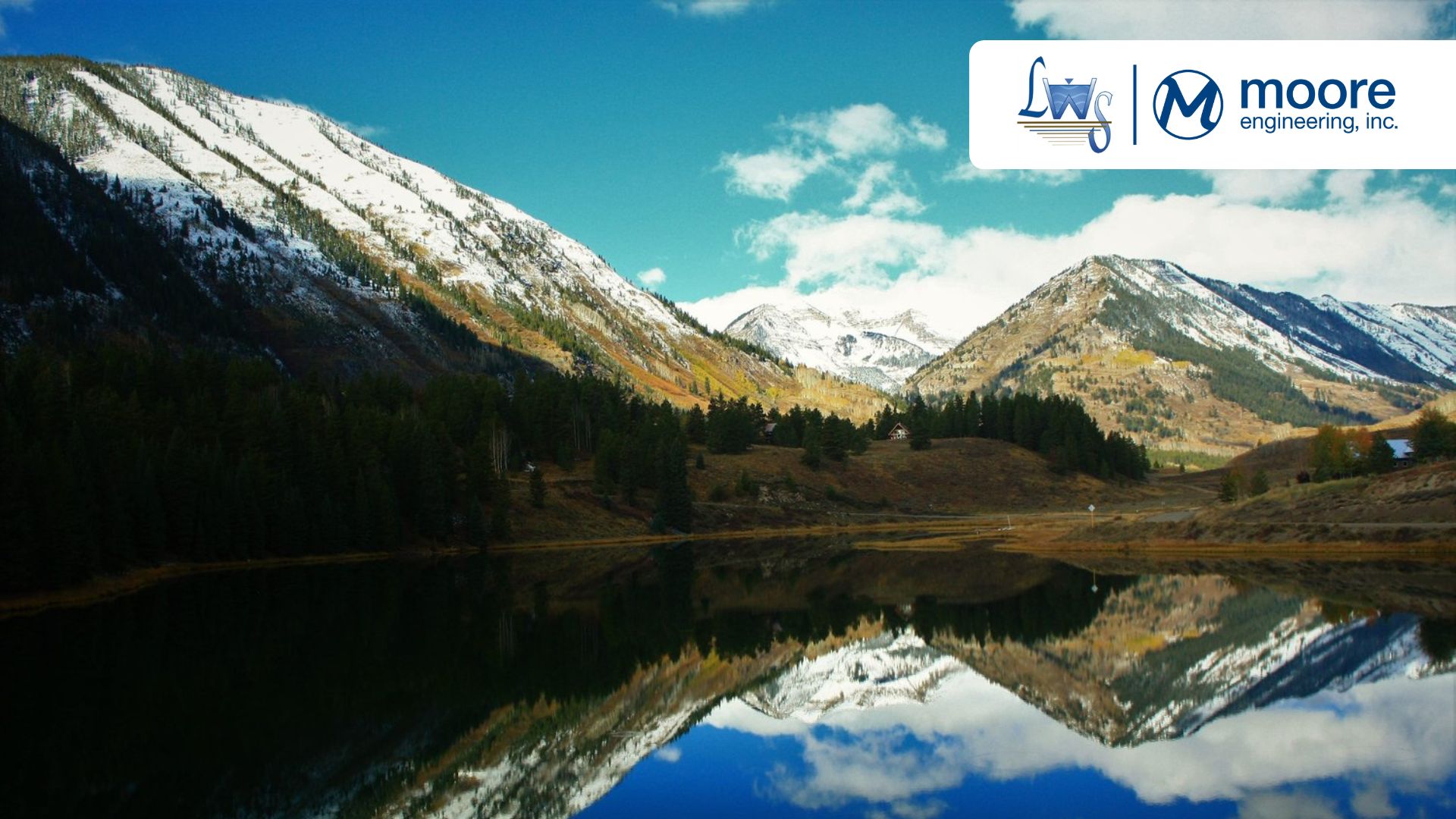
Platte Valley Water Partnership Project – PWSD’s Renewable Future
Rueter-Hess Reservoir is now operational, serving as the centerpiece of Parker Water and Sanitation District’s (PWSD) efficient water reuse system, and storing local in-priority renewable and reusable water supplies. However, Rueter-Hess Reservoir’s role is planned to become even more important and vital to the future of PWSD’s long-term water supply.

Figure 1: Logan County farms, purchased by PWSD.
In 2001 PWSD purchased 13 farms in Logan County (Figure 1) to assist with the permitting of Rueter-Hess Reservoir. PWSD’s presence in Logan County and its commitment to continue farming practices on the farms has led to an extensive history of cooperation and collaboration with agricultural interests on the Eastern Plains. PWSD has been a member of the Northeast Colorado Water Cooperative (NECWC) since September 2014 and has explored means to develop alternative transfer methods (ATMs) with members of the NECWC to develop variable-yield renewable supplies. Prior to PWSD’s participation in the NECWC, PWSD sponsored extensive research at its Hurst farm (large farm shown in green in Figure 1) on a deficit irrigation and rotational fallowing ATM with Colorado State University from 2007 through 2009. Lytle Water Solutions (LWS) participated in this project and Mr. Bruce Lytle co-authored the final report “2011 Final Report of the Lower South Platte Irrigation Research and Demonstration Project.”

The collaborative effort between PWSD, as a quasi-municipal water supplier along the Front Range, and agricultural interests represented by the NECWC and the Lower South Platte Water Conservancy District (LSPWCD), has resulted in a joint Water Court application by PWSD and LSPWCD. Both Boards approved resolutions in December 2019 to file the joint application and the Platte Valley Water Partnership (PVWP) was born.
PWSD and LSPWCD are seeking to develop through the PVWP Project: (a) both irrigation season and non-irrigation season water rights; (b) the means to provide supplemental supplies to farmers for a reliable full-season irrigation water; (c) the use of surface water storage for the capture of unappropriated water and equalization of this supply from times of supply to times of need for both entities; (d) exchanges of water from downstream locations to upstream locations to obviate the need for some pipelines, and (e) a pipeline delivery system to both Parker and for delivery back to the South Platte River at upstream locations for LSPWCD’s agricultural use.
The development of these new renewable water supplies will be without any “buy and dry” of agricultural lands. In fact, with the supplemental agricultural water supplies, the project will actually help provide more reliable water supplies for farmers in the LSPWCD.
So what are the components of the PVWP Project that will bring these concepts to fruition? There are multiple possible project scenarios, but all have similar components, including:
- Diversions from the South Platte River;
- Initial forebay storage;
- Large terminal storage for retiming supplies to demand;
- River exchanges to move water from downstream facilities to upstream facilities; and
- Pipelines and pump stations to move water to storage and ultimately to PWSD and LSPWCD for beneficial uses.
Figures 2 and 3 (below) present some options for development of the PVWP Project. We will go through the details of these scenarios in our next blog.

